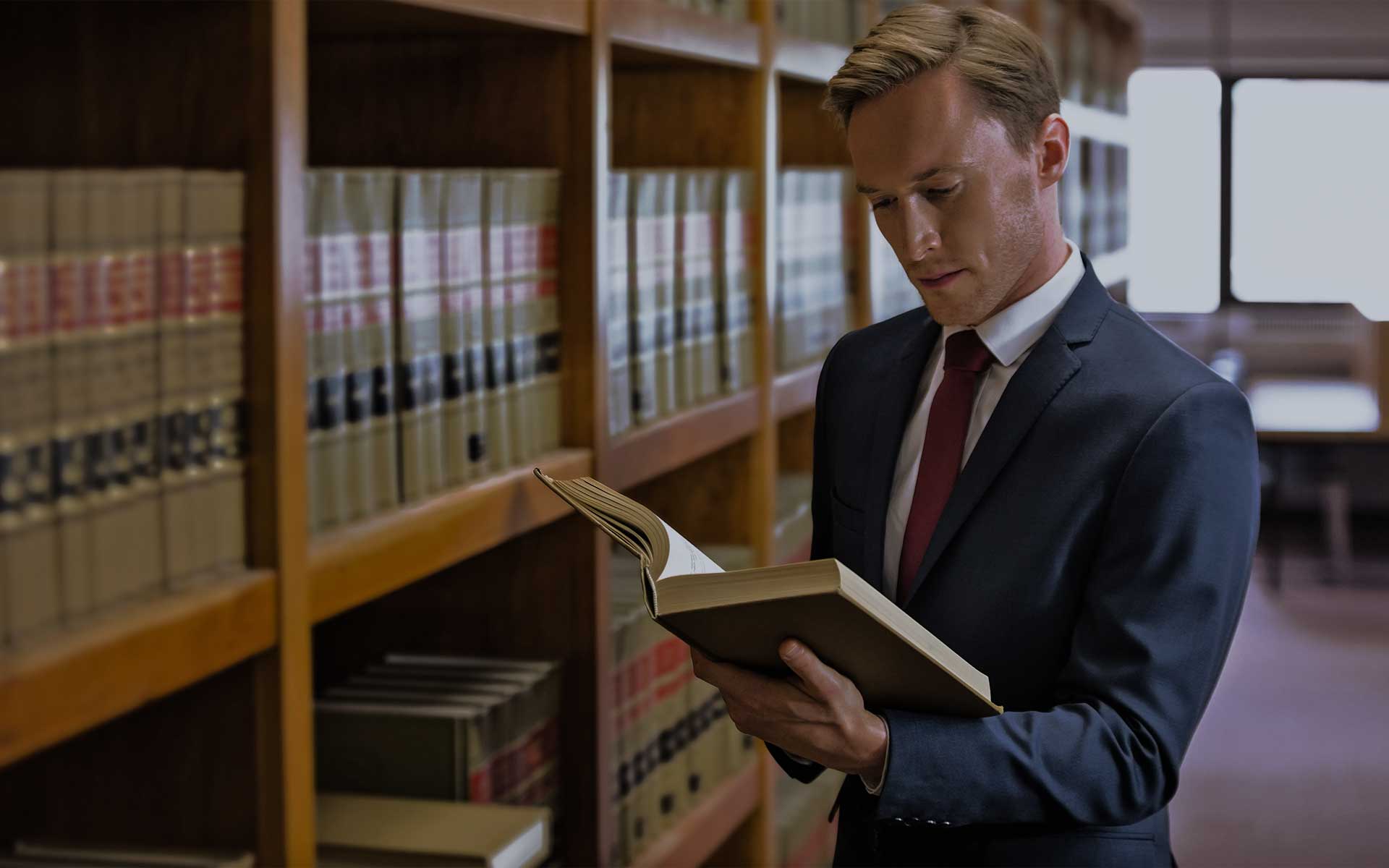Chrimar Asks Supreme Court to Decide Whether PTAB Can Reverse Final Article III Judgments

“The time has come to harmonize the Federal Circuit with Supreme Court precedent and the Restatement, unsplit the circuits, restore constitutional validity to our system of parallel track patentability litigation, and eliminate the waste and gamesmanship that current precedent incentivizes.”
Earlier this week, Chrimar Systems, Inc. filed a petition for certiorari asking the U.S. Supreme Court to take up a case on appeal from the U.S. Court of Appeals for the Federal Circuit. Chrimar is asking the nation’s highest court to answer the question of whether the Federal Circuit may: 1. apply a finality standard for patent cases that conflicts with the standard applied by the Supreme Court and all other circuit courts in non-patent cases, and 2. whether a final judgment of liability and damages that has been affirmed on appeal may be reversed based on the decision of an administrative agency.
Chrimar I, Chrimar II, and Chrimar III
In 2015, Chrimar filed a suit against ALE USA, Inc. for infringement of Chrimar’s patents, which relate to improved Ethernet equipment, in the U.S. District Court for the Eastern District of Texas. ALE’s asserted invalidity defenses were rejected by the jury and the district court entered a final judgment in February 2017 on the issue of invalidity. Thus, the district court awarded Chrimar damages and ongoing royalties for the patents-in-suit, including U.S. Patent No. 8,155,012 (the ‘012 patent). ALE appealed to the Federal Circuit on a few issues (Chrimar I), including claim construction, of the ‘012 patent, but did not contest the invalidity determination or the award of ongoing royalties. The Federal Circuit remanded on the issue of claim construction, but noted that “[g]iven the (affirmed) judgment of infringement”, the absence of an infringement judgment on the ‘012 patent was “immaterial to damages” because any damages resulting from that patent would also result from Chrimar’s other patents-in-suit. Since the only issue on remand was the claim construction of the ‘012 patent, Chrimar moved to voluntarily dismiss its infringement claims for the ‘012 patent.
In December 2017, the USPTO’s Patent Trial and Appeal Board (PTAB) issued a Final Written Decision finding certain claims of the patents-in-suit unpatentable in an unrelated inter partes review (IPR) proceeding filed by Juniper Networks. On the same day, the Federal Circuit affirmed the Juniper opinion (Chrimar II) and ordered that the previously affirmed district court decision be vacated and remanded for dismissal (Chrimar III). Thus, “[r]ather than finding that the earlier District Court judgment operated as a preclusion against ALE making invalidity arguments, the Federal Circuit found that the later administrative outcome operated as a preclusion against Chrimar asserting that its patents were valid.” Supported by 41 amici curiae, Chrimar petitioned for rehearing en banc, but the Federal Circuit denied without opinion.
The Fresenius/ Simmons Preclusion Principle v. the Restatement (Second) of Judgments
Chrimar argues in its petition that the time is right, and this case is an “excellent vehicle” to examine the controversial issues of “when a judicial decision becomes binding on the parties, and whether a decree from a different branch of government can reverse an Article III court judgment.” Initially, Chrimar notes that the Federal Circuit applied its own unique “Fresenius/ Simmons preclusion principle” rather than the governing Fifth Circuit standard, which follows the Restatement (Second) of Judgments, § 13.
Chrimar explains that the Fresenius/Simmons preclusion principle “deprives final, fully litigated and fully-affirmed judgments of their finality if two conditions are met: (1) an administrative agency later issues a conflicting decision; and (2) the party burdened under the judgment has preserved a non-‘insubstantial’ appellate issue,” whether or not related to the liability or damages determinations that were otherwise finally-decided in the judgment. In contrast, the Restatement provides that when two pending cases, as in this case, involve the same claim or issue, it is the “final judgment first rendered” that controls the parties to the first proceeding. According to the Restatement, a “final judgment” is any prior adjudication in another action that is sufficiently firm (i.e. the “last word of the rendering court) to be conclusive. Chrimar asserts that the “last word” in this case was the 2017 district court judgment, which should have prevented any further litigation related to damages or infringement of the patents in suit.
Fresenius/Simmons Preclusion Principle is Based on Inapposite Authority
Next, Chrimar argues that the Fresenius/Simmons preclusion principle is misguided because the Federal Circuit panel majority in the Fresenius case incorrectly believed that it was bound by John Simmons Co. v. Grier Bros. Co., 258 U.S. 82 (1922), which is “inapposite Supreme Court authority.” The Simmons decision reasoned that a “district court must apply intervening legal developments affecting the asserted patent’s validity, even if the court of appeals already decided the validity issue the other way.” However, as noted by Chrimar, Simmons involved an interlocutory decision where no measure of damages had been established, rather than an appeal from a final judgment and complete accounting.
Constitutional Concerns
The petition further notes that the “Fresenius / Simmons preclusion principle raises implicit constitutional concerns over a rule that allows an administrative agency decision to nullify a court judgment that has otherwise resolved the merits and damages of a patent infringement suit.” Further, the Chrimar decision expanded the circuit split created by Fresenius and further deepens the circuit split on the question of constitutional Separation of Powers. Citing Qualcomm, Inc. v. FCC, 181 F.3d 1370, 1372 (D.C. Cir. 1999), Chrimar states that “a merits ruling is final once the mandate has issued, regardless of later developments in another branch of government.” Chrimar III is at odds with the Qualcomm decision.
Fresenius is Highly Criticized
Citing several examples, Chrimar further notes that the Fresenius decision, which guided the decision in Chrimar III, is highly criticized by Federal Circuit judges and academics. The petition cites a dissent by Judge Moore in ePlus, Inc. v. Lawson Software, Inc., 700 F.3d 509, 523 (Fed.Cir. 2012), wherein Moore “explained why a dual track system of parallel validity litigation that permits PTAB nullification of final judgments encourages ‘gamesmanship’ by infringement defendants.” Chrimar notes that, without Supreme Court intervention, others will contend that post-judgment patent cancellations by the USPTO abate their previously adjudicated Article III liability.
Thus, Chrimar concludes that “the time has come to harmonize the Federal Circuit with Supreme Court precedent and the Restatement, unsplit the circuits, restore constitutional validity to our system of parallel track patentability litigation, and eliminate the waste and gamesmanship that current precedent incentivizes.”


